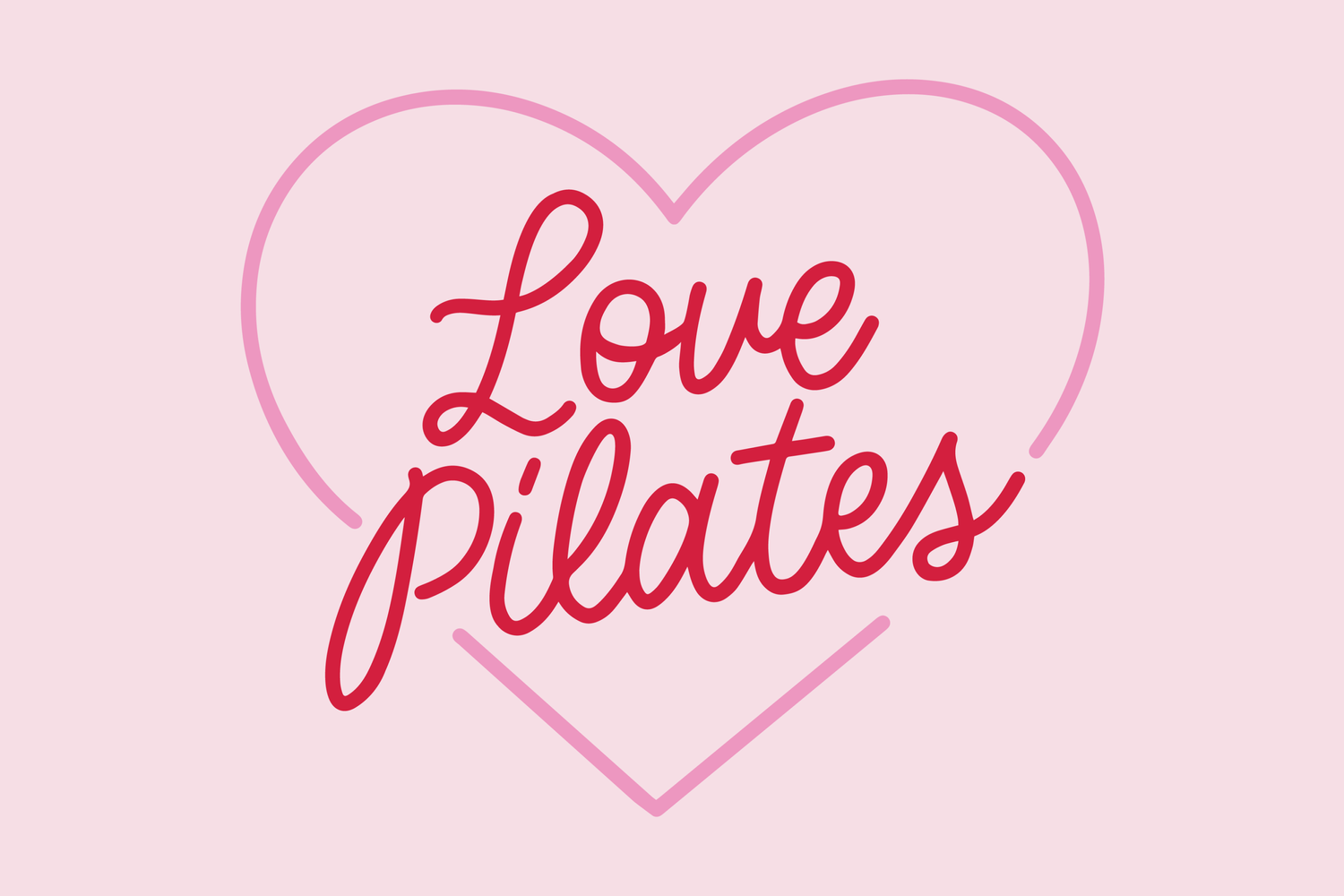Meditation Techniques for Beginners
Many of us have difficulty finding the time to take care of ourselves. Whether you’re looking to reduce stress at work, find a way to fall asleep faster, or are just interested in the practice, meditation can be the answer. We’ll explore some meditation techniques to incorporate into your life today so that you can resolve some of these common challenges.
What Are Meditation Techniques?
Meditation is a technique that encourages us to develop mindfulness and awareness in the present moment as a means to instill calmness and clarity into our bodies and our daily lives (Behan, 2020). Hundreds of meditation techniques exist today, all of which cater to different types of feelings, situations, or sensations. If you’re looking to de-stress, perhaps a mindfulness meditation technique may do the trick. If you’re dealing with difficult people or emotions, a Buddhist loving-kindness meditation technique may just be the right fit for you. Or, if you hope to cultivate more relaxation and joy in your daily life, you may want to explore several of the breathing options below to find the one(s) that is right for you.
1. Diaphragmatic Breathing Technique
This type of meditation technique is a form of belly breathing that involves using your stomach muscles and diaphragm to properly fill the lungs. This practice helps you slow your breathing, can lower your heart rate, and help you de-stress as it encourages relaxation (Ma et al., 2017).
How to practice:
Find a comfortable place to lie down (e.g., bed, floor).
Put a pillow underneath your head and knees (optional).
Put one hand on your chest and one hand on your stomach beneath your ribs.
Take a slow inhale through your nose allowing your lungs to fill with air and your stomach to press up.
Try to keep your hands as still as possible.
Slowly exhale through your mouth as your stomach lowers.
Repeat your breathing for 3-5 minutes.
2. 4-7-8 Technique
This popular breathing technique can help reduce anxiety, encourage mindfulness, ease tense muscles, and promote calmness (Lin et al., 2020).
How to practice:
Situate yourself in a relaxed position, whether that is sitting in a chair or on the floor.
Inhale through your nose for 4 seconds.
Hold your breath for 7 seconds.
Exhale through your mouth for 8 seconds.
When starting with this meditation technique, only repeat this practice 3-5 times and slowly increase the repetitions as needed.
3. Alternate Nostril Breathing Technique
Derived from a South Asian yoga practice, this meditation technique supports breath control, lowers heart rate, and can improve cardiorespiratory functioning (Dhungel et al., 2008).
How to practice:
Sit in a comfortable position.
Use your right thumb to softly close your right nostril.
Now that your left nostril is open, take a deep breath and exhale through your left nostril.
After you have exhaled, use your right ring finger to cover up your left nostril.
Take a deep breath and exhale through your right nostril.
Once you have taken a deep breath and exhaled from both sides, you may repeat the process a few more times as necessary for up to 10 minutes or until you feel relaxed.
4. Body Scan Meditation Technique
This meditation technique allows you to check in with your mind and bring awareness to different parts of the body. Body scans may help with reducing stress, relieving physical tension in your body, and improving sleep quality (Astin, 1997).
How to practice:
Give yourself about 10-20 minutes to complete this meditation technique.
You may choose to lie down or sit up (if you feel as though you may fall asleep).
It can be helpful to close your eyes to focus on each of your body parts as your complete the body scan.
Start with some breathing exercises, slowly breathing in and then letting it out.
It might be beneficial to start from your head and end the body scan at your feet, although you can bring attention to random body parts as well.
At your own pace, bring attention to each body part, one at a time.
For instance, if you begin with your head, notice the sensations or feelings in your head (e.g., the heaviness of your eyelids, the warmth of your skin, the dryness of your lips, etc.).
The objective is to notice each of these sensations in the specific body part and release any tension through your breath.
Once you complete your head, you may want to explore the feeling in your neck (e.g., how tense your muscles are or how good it feels to lay down).
Continue exploring the rest of your body parts until you make it down to your feet and toes.
Remember to move mindfully to each body part and practice your breathing as you recognize all of the sensations you are feeling.
Pro tip: You may find it helpful to put on soft relaxing music in the background or use a video to guide your body scan.
Conclusion
Now that you’ve read to the end, which meditation technique stuck out the most to you? While this article is not an exhaustive list of all the meditation techniques that are available to us, we hope this article provided you with a strong foundation to explore more types of meditations that you can practice as you try to enhance your well-being. Which one will you try today?
